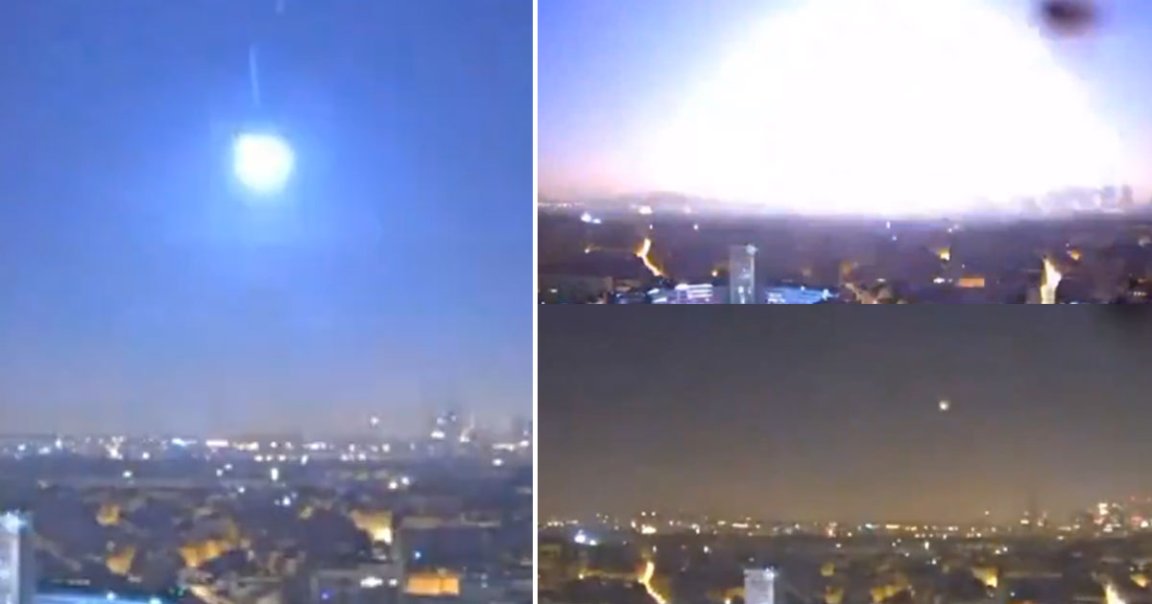
Lights, Camera
A meteor burned up while traveling through Earth’s atmosphere over the weekend — and lucky skywatchers in Europe were treated to an incredible light show.
Known as Sar2667, this meteor was only the seventh in human history that was detected before reaching our planet’s atmosphere, as Space.com reports — and what a meeting it was.
Photographers all over mainland Europe and in the British isles captured incredible videos and photos of the space rock as it burned to a crisp over the Western hemisphere.
Dutch landscape photographer Gijs de Reijke, for instance, captured an incredible shot of Sar2667, replete with its green tail over a desolate field in the southern part of the Netherlands.
Rock Star
In total, 40 people reported sightings to the American Meteor Society during the window of Sar2667’s fall.
Some of the most incredible videos of the fireball were actually taken by regular folks back on the ground in Paris, where the meteor was visible to the naked eye in the night sky.
One now-viral video shows the roughly three-feet-wide near-Earth object (NEO) screaming through the sky as it harmlessly burns up in the atmosphere.
Early Warning System
Hungarian astronomer Krisztián Sárneczky first detected Sar2667 just hours before it collided with our atmosphere on Sunday night from the country’s Konkoly Observatory’s Piszkéstető Station outside of Budapest.
He described the dramatic discovery in an interview with Space.com.
“I discovered this small body during a routine NEO hunt,” Sárneczky told the publication. “It was immediately obvious that it was an NEO, but it wasn’t particularly fast across the sky, as it was heading right towards us, and it was faint.”
As Space.com noted, Sar2667 brushed with Earth almost exactly ten years after another, much more unexpected meteor made landfall in Chelyabinsk, Russia, a “wake-up call” collision that resulted in minor injuries and property damage at its landing site.
As gorgeous as it was to watch in the night sky, Sars2667 underlines the importance of tracking other near-Earth objects that may run the risk of making their way through the atmosphere — something that could have far more grave consequences.
More on early space rock detection: In NASA Simulation, Humankind Dismally Failed to Save Earth From Killer Asteroid